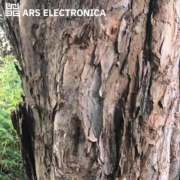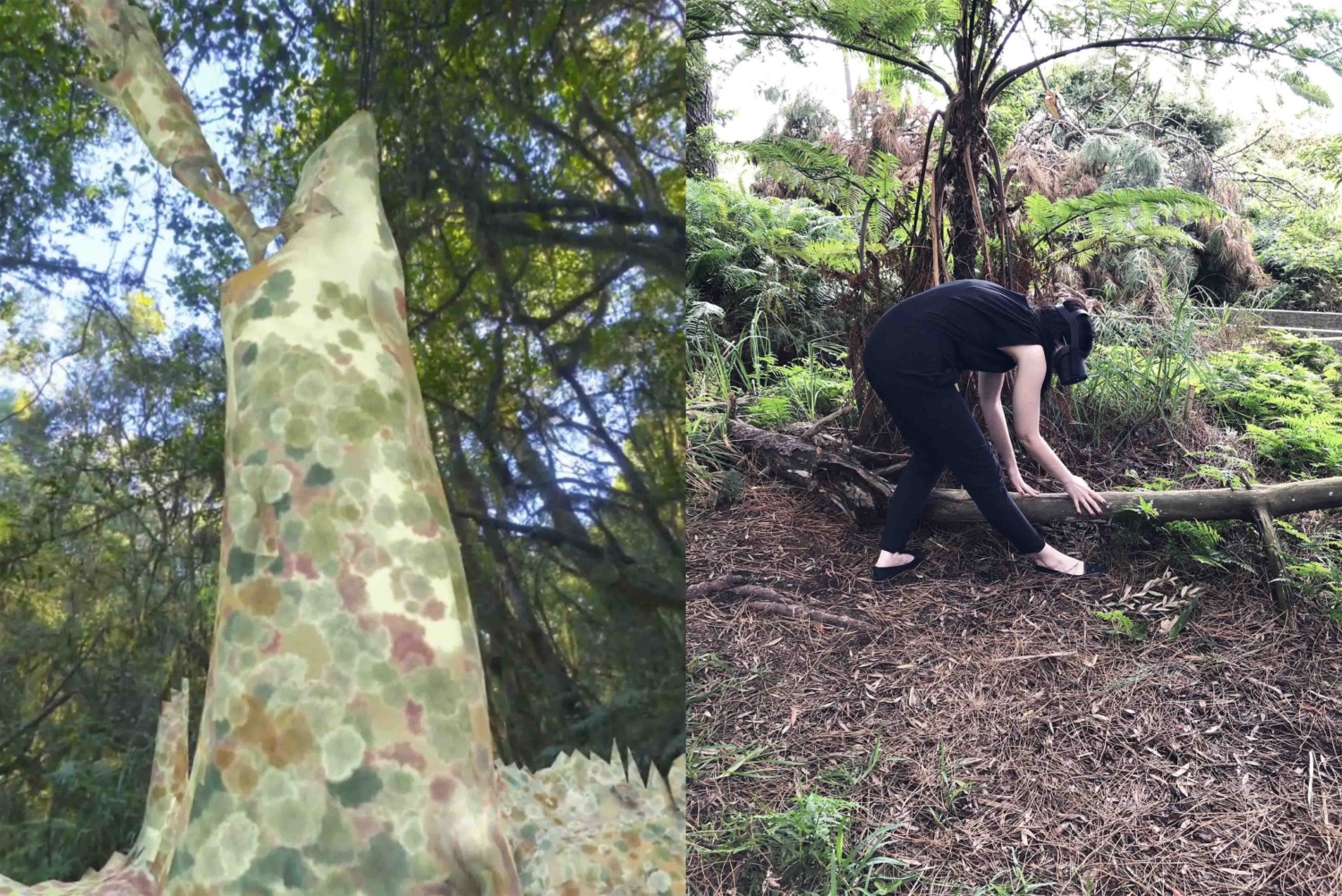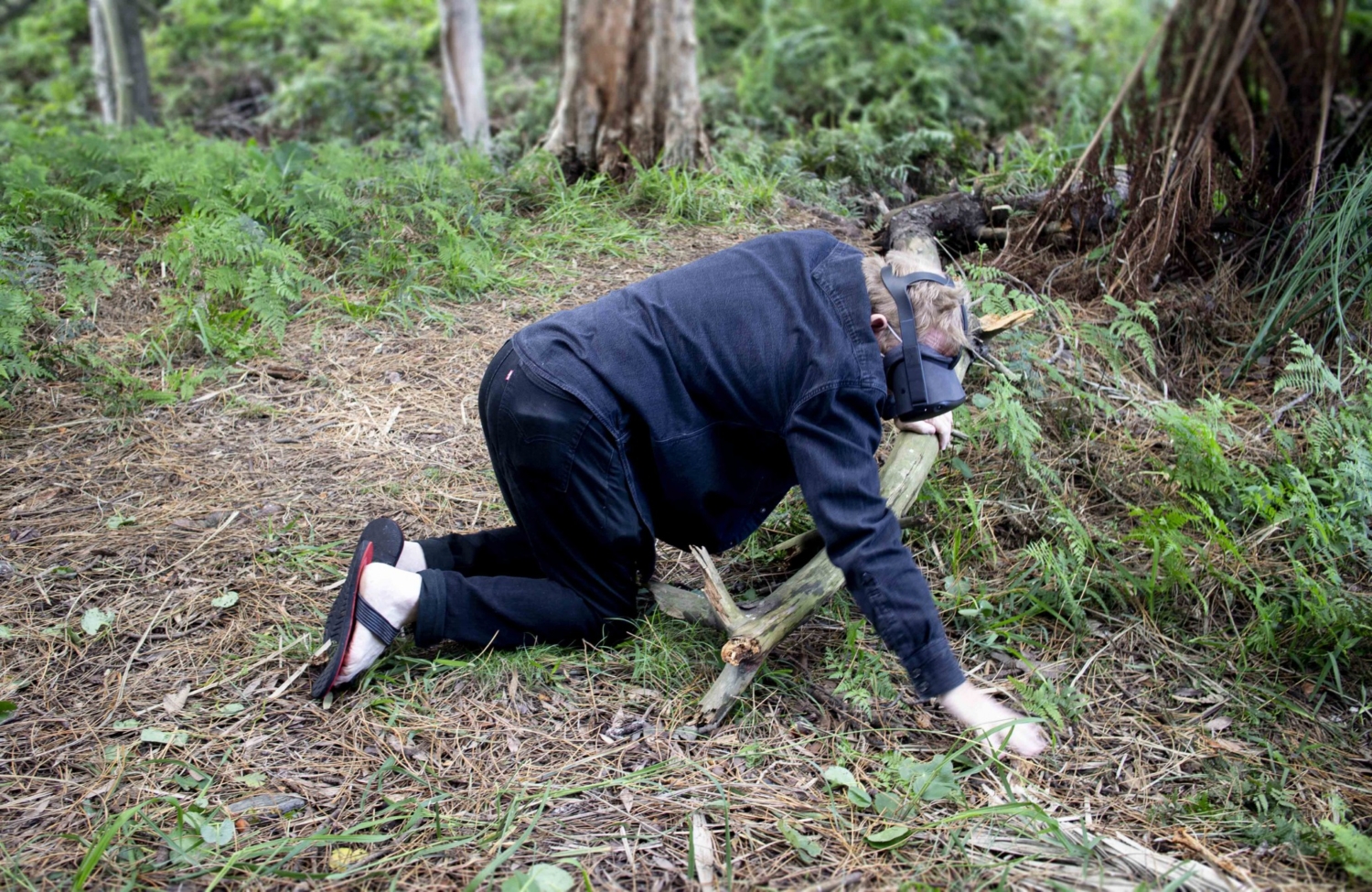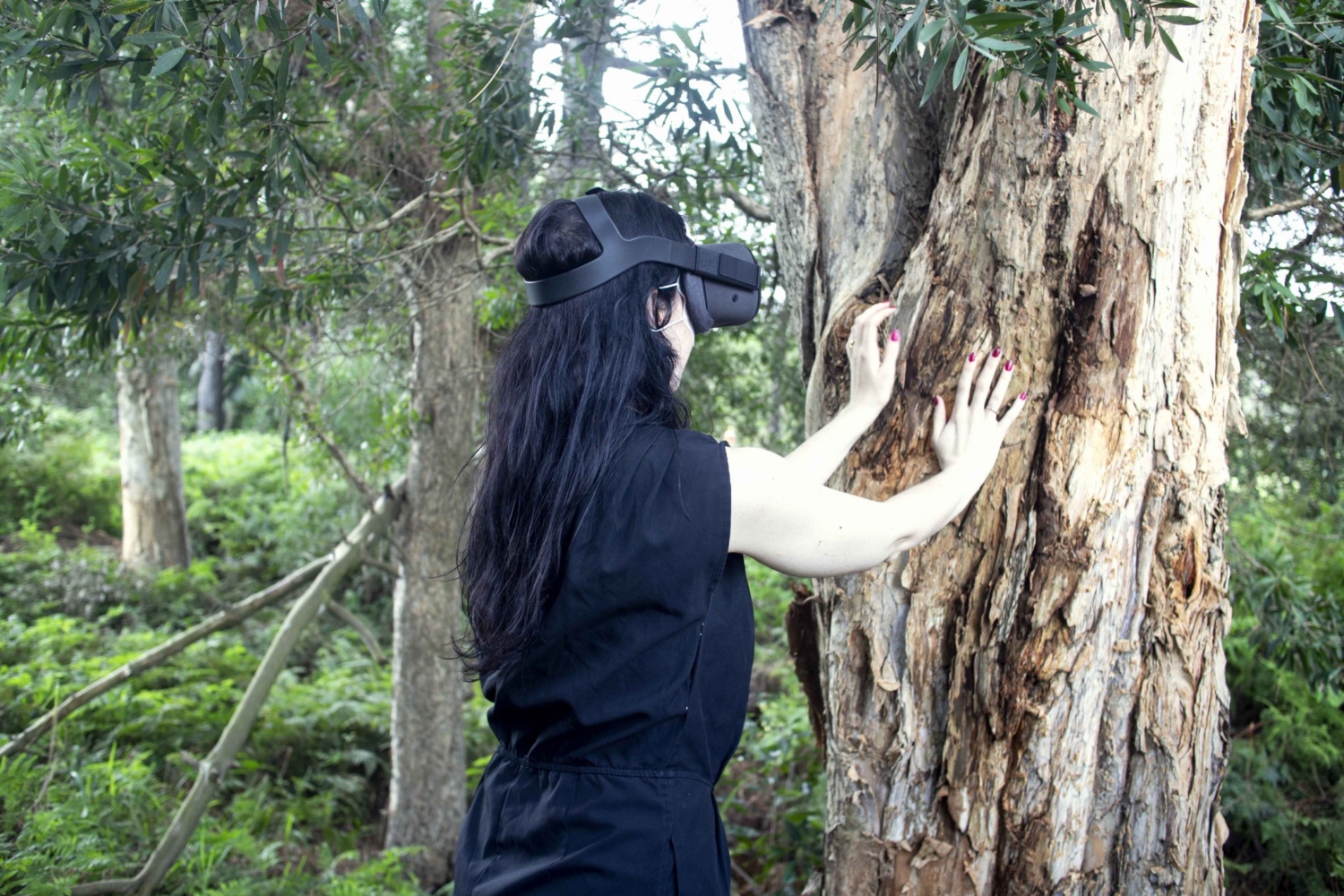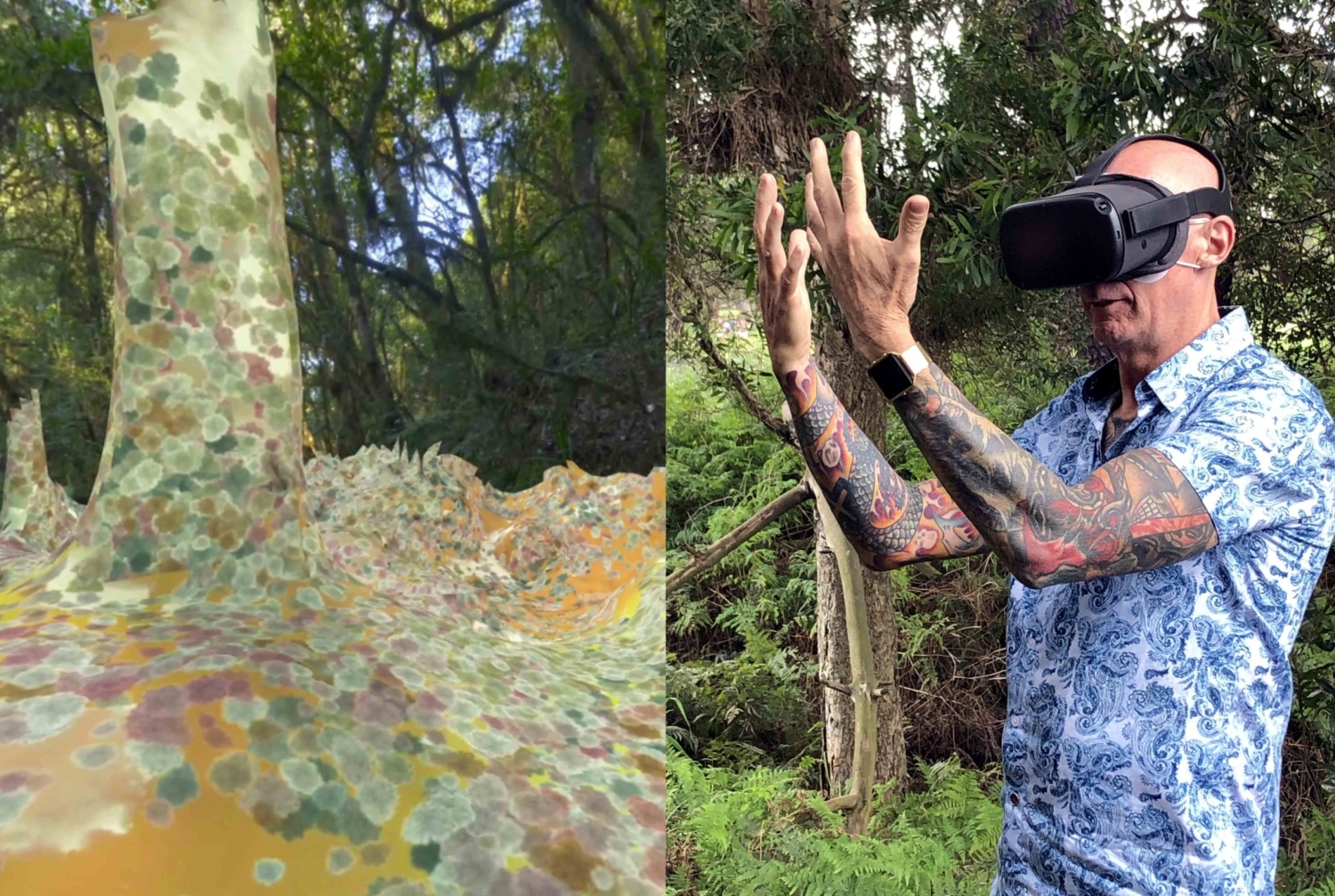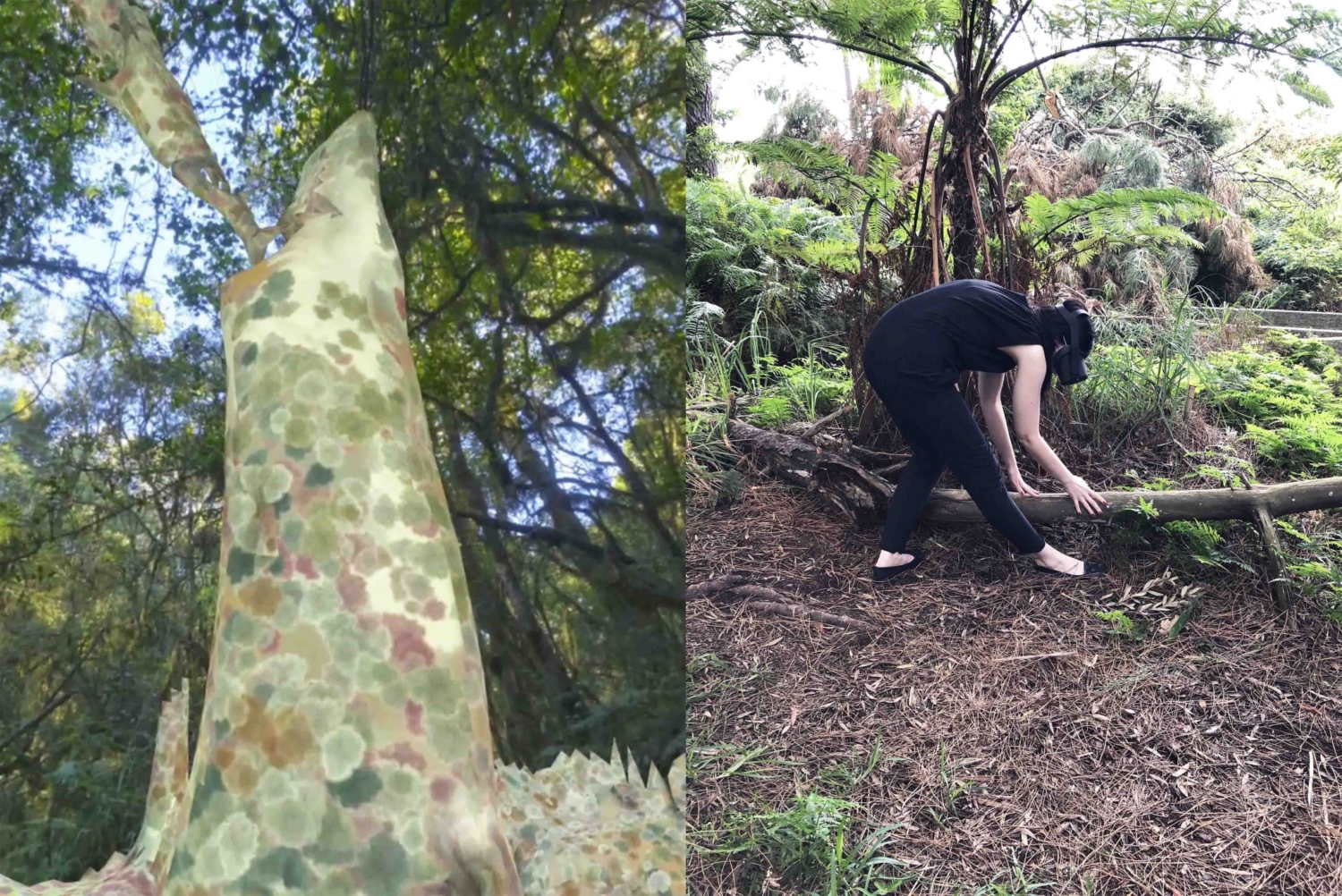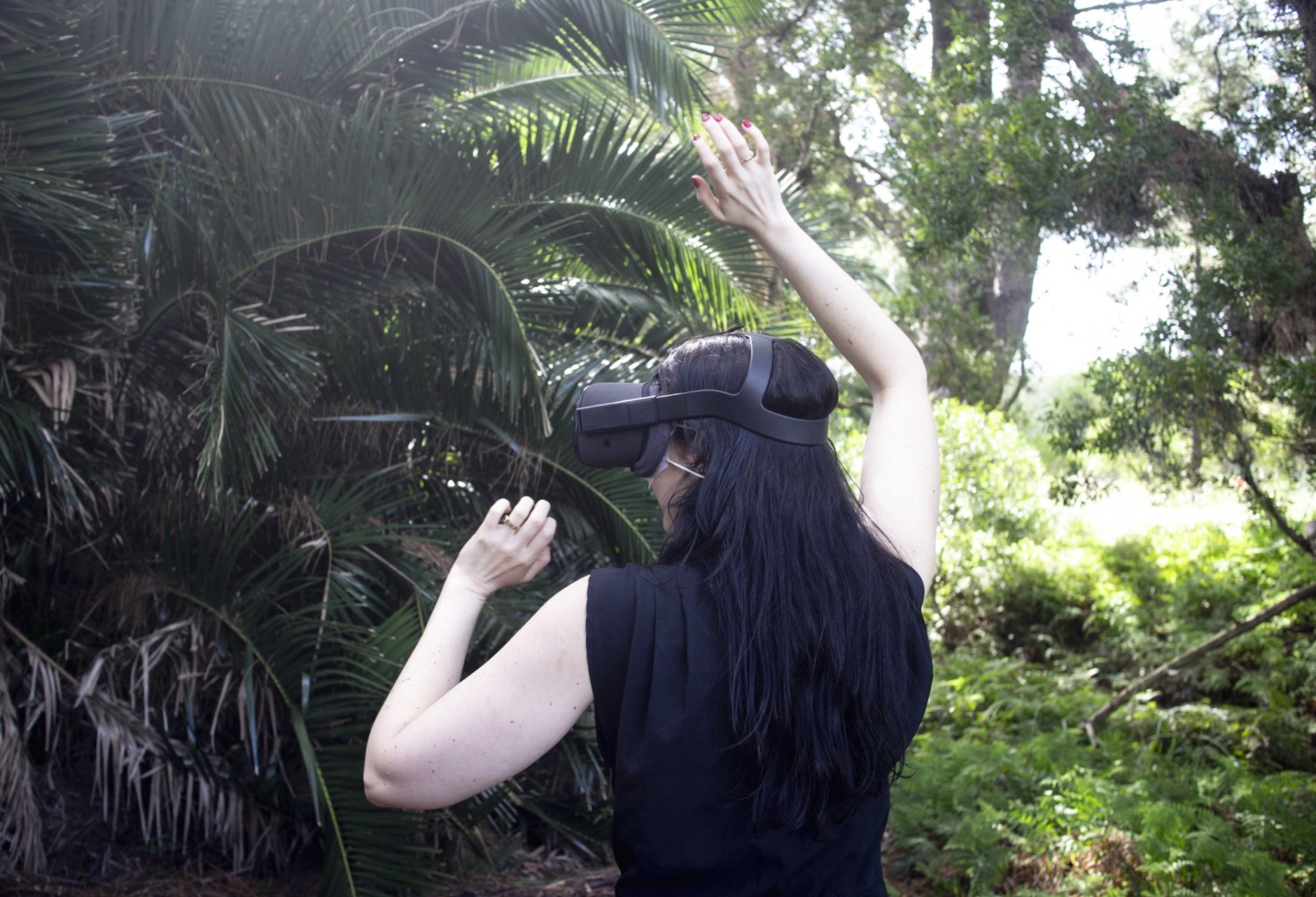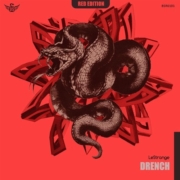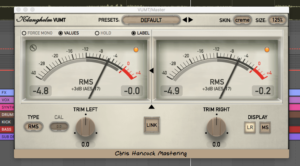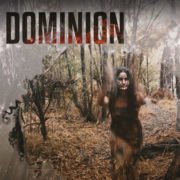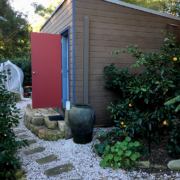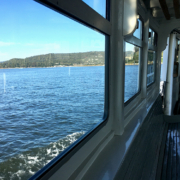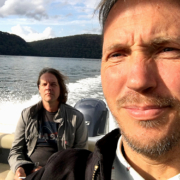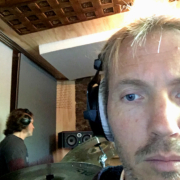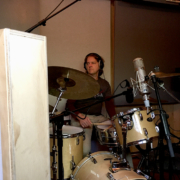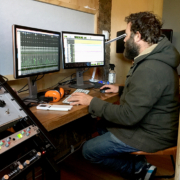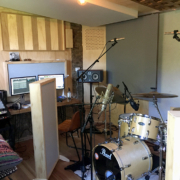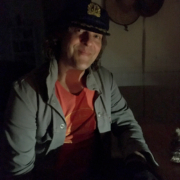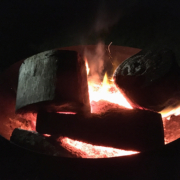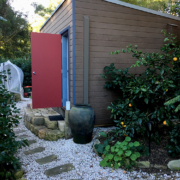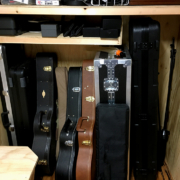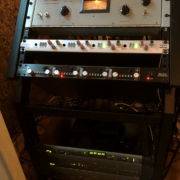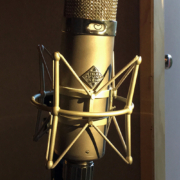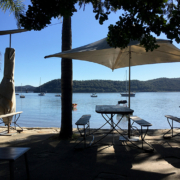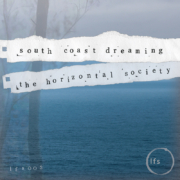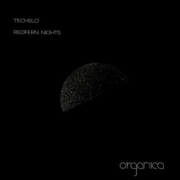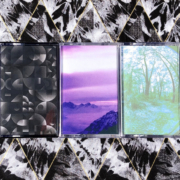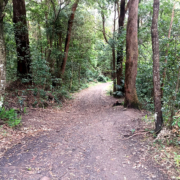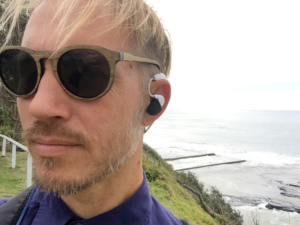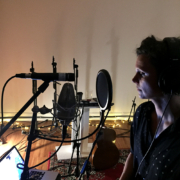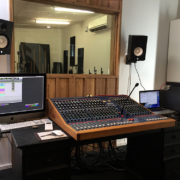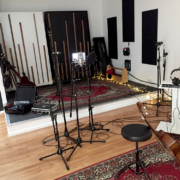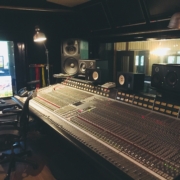Recently, I visited The Grove Studios, Studio 1, to record drums for a client’s record. We stayed at the studio over two days, loved the studio, pulled some great sounds and had a great time. A big thank you to Scott, Izaac and Owen for having us.
The input list for the session is at the end of this post. Stand out signal paths from the session include; the Crunch / Crotch mic, our Gabriel Roth / Daptone, one mic technique, and the Kick Out signal.
For a crunch mic, I usually will use a Sennheiser MD441-U (left), but went with a MD421 (right) as despite The Grove’s great mic locker, they were without a 441.

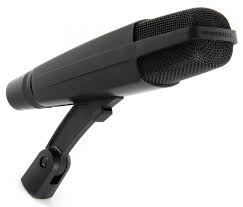
The mic worked well, but the real gold within this signal chain was a Neve 1064 (Pre-amp and EQ), and DBX 162 Stereo Compressor.


The Neve 1064 has that lovely colouration that has been commented on by many, and the DBX 162 can be driven into harmonic colouration as well. All up, it was a tight, warm and coloured signal that proved very punchy within the overall drum sound.
On a similar one mic technique, we used Gabriel Roth’s one mic trick, that being a mic placed side of kick, almost under the snare. The mic chosen was a vintage Reslo ribbon, notorious for a mellow lo-fi high-end frequency content, or lack thereof. The Reslo was patched into the SSL 4000 G console to balance the mellow top end of the ribbon with the brighter SSL preamp and EQ options. Further, an 1176 Silver Face was inserted to smash the signal, apply colouration, and to compress the signal and bring forth all the drum sounds into a tight image. Again, within the drum mix, this particular mic gave us access to a punchy, lo-fi, coloured overall drum sound.
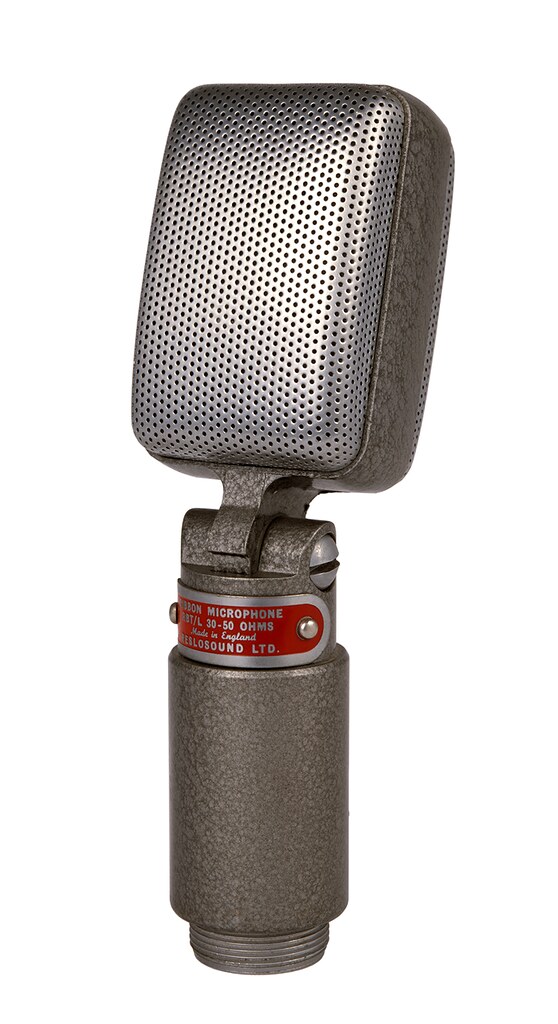
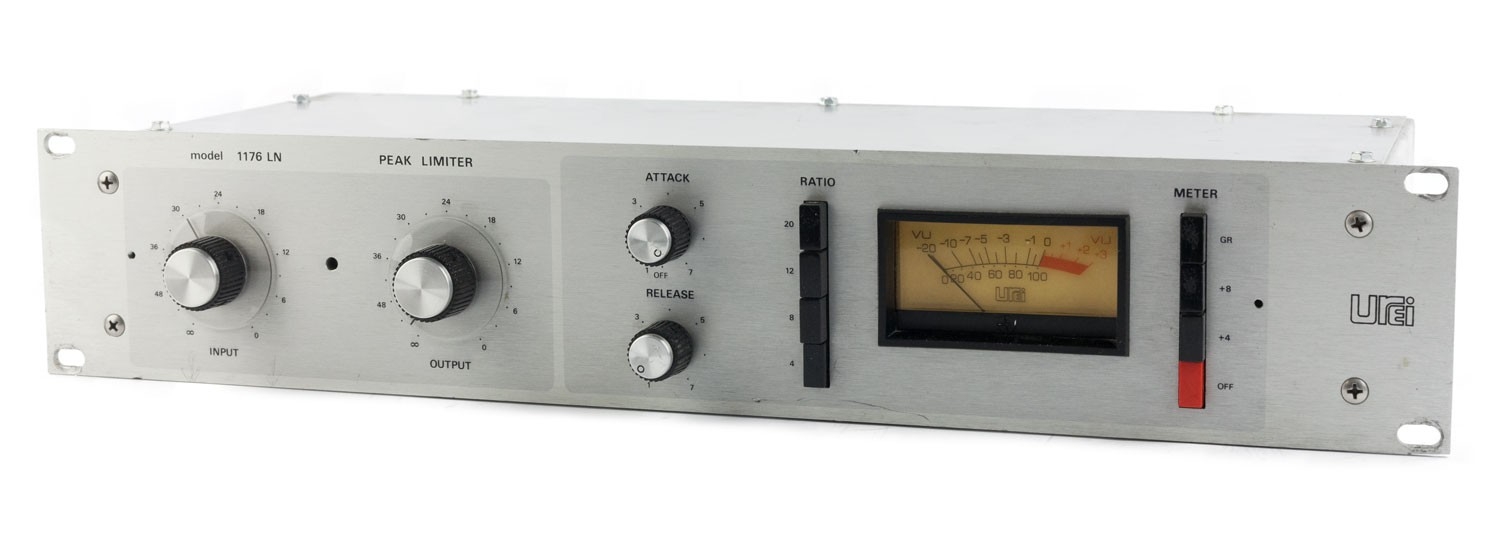
The kick-out signal was comprised of a Rodes Classic in Omni (for a larger bottom end), a blanket to help the kick have separation from the rest of the drum kit, and the Neve 1064 preamp for a coloured and thick low mid. The signal was then routed to Empirical Labs Distressor; a slow attack, quick release applied. The high pass button was engaged in the signal detector to allow the bottom end under 80Hz to not trigger the compression and result in a larger uncompressed low end.

In conclusion, what a live room and control room. Very highly recommended for any studio needs. Lovely grounds, functional kitchen, and accommodation to boot. Below are some pictures from the session and the input list.














INPUT LIST:
1. Bass DI (J48 Radial Active DI) – Quad 8 – LA 2
2. Kick in – D6 – SSL – (1176 Black Face insert)
3. Kick out – Rodes Classic – Neve 1064 – Distressor
4. Sub Kick – SSL – (1176 Black Face insert)
5. Snare up – Beyer Dynamic M201 – Telefunken V76 – Distressor
6. Snare down SM57 – SSL
7. Hi Hat – Octava MK012 – SSL
8. Rack Tom – Sennheiser MD-421 – SSL
9. Rack Tom – Sennheiser MD-421 – SSL
10. Floor Tom – Sennheiser MD-421 – SSL
11. OH L – Coles 4038 – SSL (C2 Smart L)
12. OH R – Coles 4038 – SSL (C2 Smart R)
13. Crunch / Crotch Mic – ? – Neve 1064 – dbx 162 L
14. Daptone (side of Kick position) – Reslo Ribbon – SSL (1176 Silver Face insert)
15. Room close – RCA DX 77 SSL – (1176 Blue Face insert)
16. Room Far – AKG C34 Stereo Condenser – Chandler TG-1 L
17. Room Far – AKG C34 Stereo Condenser – Chandler TG-1 R
18. Vocal Guide – SM7B – SSL
19. Guitar Tele DI – Neve 1064 –
20. Guitar Tele Amp – SM57 – Neve 1064 –
21. Hammond – Leslie Speaker – L – AKG C414 – (Urei 1178 L)
22. Hammond – Leslie Speaker – R – AKG C414 (Urei 1178 R)

